
Cats and kittens have a reputation for hating water. Most cats avoid getting wet if at all possible, but some love to play with their water bowls or seek out additional sources of water in their environment. The question is whether they do so because they are curious about water or whether they have an underlying health problem making them drink excessive amounts. If you find your kitten or cat splashing in the water bowl rather than drinking, a health issue may be affecting the cat's innate need for hydration.
As a general rule, kittens are playful and have a natural impulse to manipulate things with their paws. This could be why they might play with, or in, water. Cats groom themselves by licking their fur, so it's unlikely they are using their water bowls for a bathtub. Kittens who play with water are most likely doing so as a way to learn about their environment.
Some cats do like water. Certain breeds, like Maine coons, tend to be more tolerable of water, and if a young kitten is exposed to a lot of water play or baths, they might tolerate bathing and water into their adult years. Finally, some cats just truly prefer freshwater and don't like to drink stagnant water in their bowls. They may be playing with the water to recreate the rippling effect of freshwater.
Before you start to work on behavioral issues, take your cat to the vet to ensure there isn't a medical reason for their interest in water. Diabetes, kidney failure, and thyroid issues can make cats thirsty. They may drink from their water bowls more frequently and create a mess by splashing or pawing at the water if they're not feeling well. They may also seek other sources of water like a faucet or toilet.
Most cats with a health problem show other signs of illness, such as lethargy, confusion, or a change in appetite. It's unusual for a young kitten to have one of these conditions but not impossible, so if you observe your kitten drinking excessive amounts of water or spending a lot of time focused on the water bowl, make sure you contact your veterinarian.
Anxiety or stress sometimes prompts strange behaviors in cats. A cat may put their paws into the water bowl or try to climb in. Separation anxiety often motivates cats to seek attention from owners by exhibiting abnormal behaviors. Sometimes this manifests as litter box issues, such as urine spraying or defecating in an inappropriate area. For some cats, separation anxiety may lead them to splash in the water dish, push it aside, or try to overturn it to get your attention. Obsessive-compulsive disorders can become worse with stress as well. Kittens are rarely affected by these types of long-term behavioral patterns.
Sometimes a kitten playing in the water is just a kitten acting their age. Some young felines love patting around in the water, while others simply can't stand the stuff. Kittens are inclined to grow out of behaviors like splashing in the water, so patience may be the best solution if your young cat is using their water bowl as a toy.
Kitten object play is most active through the 5-month age before declining, so if the behavior doesn't begin to wane by the time the kitten starts reaching maturity, it may be helpful to redirect their focus to a better outlet for play by offering another toy to play with.
If a cat is drinking excess water or spilling water because of a health issue, your vet will help determine the underlying cause and offer treatment options. Your cat may need prescription medication for the condition. Treating the health issue should resolve unwanted water bowl behavior.
Managing stressful situations can be tricky. If you cannot pinpoint the exact problem, a board-certified veterinary behaviorist can help identify it and work with you to help correct the issue. In the meantime, try some tricks that are focused solely on the water bowl:
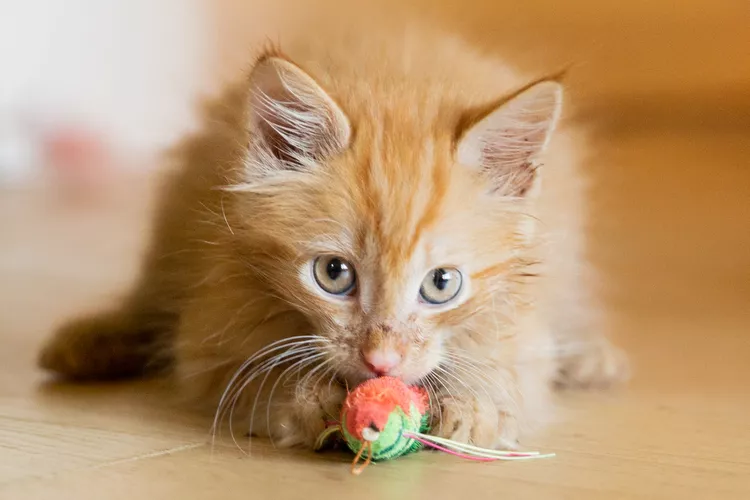
How to Keep Your Kitten Safe While Playing
While letting your kitten play and explore is important to its mental development, you need to make sure that what it's playing with is safe.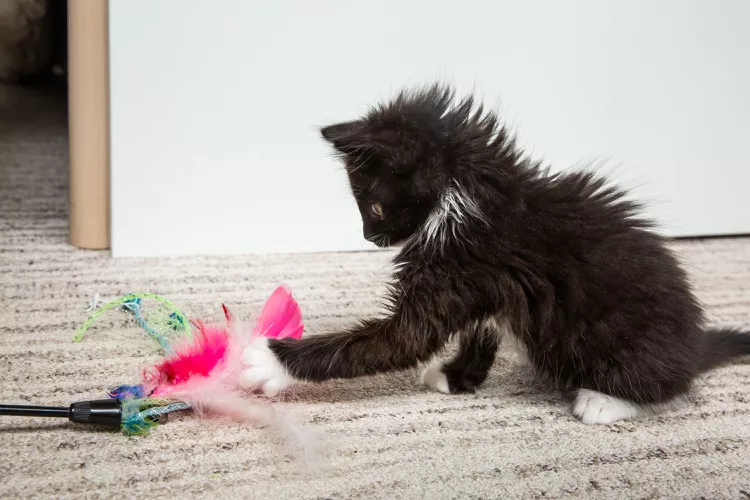
Kitten Development From 6 to 12 Weeks
Learn how kittens develop during the first 6 to 12 weeks and what signs of development you need to look out for with these tips.
5 Common Foods In Your Pantry That Are Not Safe For Your Pets
One potato chip is not going to hurt your pet, but there are other foods that can. Learn which to avoid and some safe foods that can be used as treats.
Fleas in Dogs
If a dog scratches, does that mean it has fleas? These biting bugs are no fun for dogs or their owners. Learn the causes, treatment, and prevention.
Can Dogs Eat Papaya? What to Know About Sharing This Tropical Fruit With Your Pup
Papaya is safe for dogs in moderation, and it can even provide some nutritional value for them. However, too much can cause digestive upset, and it's not suitable to share with dogs with certain health conditions.
Can Dogs Eat Parmesan Cheese?
It's no secret that dogs love cheese, but what kinds of cheese should you avoid? Is Parmesan cheese a good option to treat your pup to?
10 Cat Breeds That Have Blue-Colored Coats
Blue cat breeds have a uniquely colored coat that makes them stand out. The eye-catching blue coat often appears light to dark grey.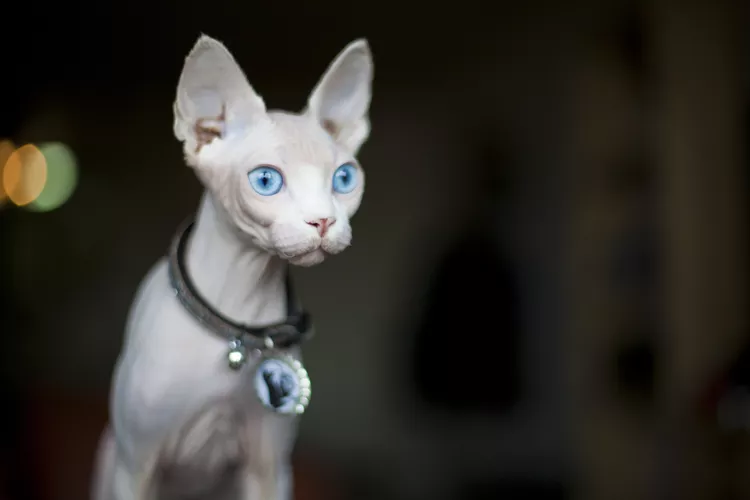
Sphynx: Cat Breed Profile, Characteristics & Care
The sphynx cat is a hairless cat breed known for their playful and affectionate nature. These cats do have special needs. Learn about the sphynx cat breed’s appearance, temperament, health, and care.
Border Collie: Dog Breed Characteristics & Care
Learn about the border collie, a popular herding breed. They're a smart and energetic dog that's also a great companion to the right pet parent.
Beagle: Dog Breed Characteristics & Care
Learn about the beagle, one of the most popular dog breeds in the world. They are known for being a cheerful, comical, loud, and energetic family dog.
How to Grow and Care for Living Stones
Find out how to grow living stones, unique miniature succulents that look like pebbles. This guide covers how to care for living stone plants, including watering them just right to keep them thriving.
How to Grow and Care for a Money Tree Indoors
Money trees make beautiful, easy-care houseplants. Use this guide to grow a money tree indoors.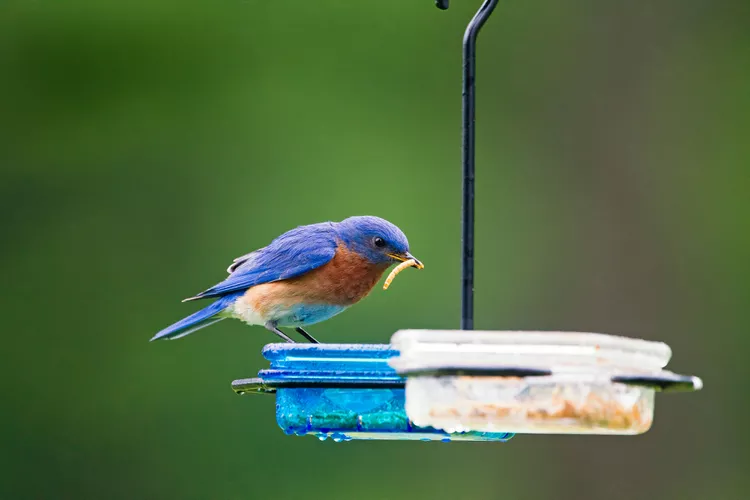
How to Attract Bluebirds to Your Yard: 11 Must-Know Tips
These tips on how to attract bluebirds will help you create a welcoming habitat. Discover the best types of foods, birdhouses, water sources, and more for attracting bluebirds.
How to Propagate Clematis from Cuttings and Layering
Learn how to propagate clematis successfully with this step-by-step guide on two different techniques.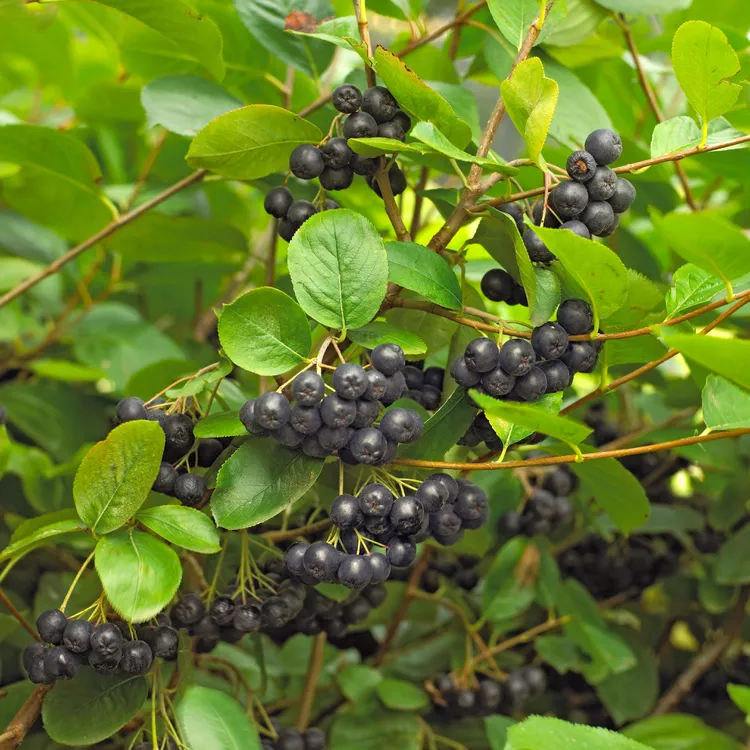
How to Plant and Grow Black Chokeberry
Learn how to use and care for this low-maintenance native shrub, including planting tips and the best types of black chokeberry to grow.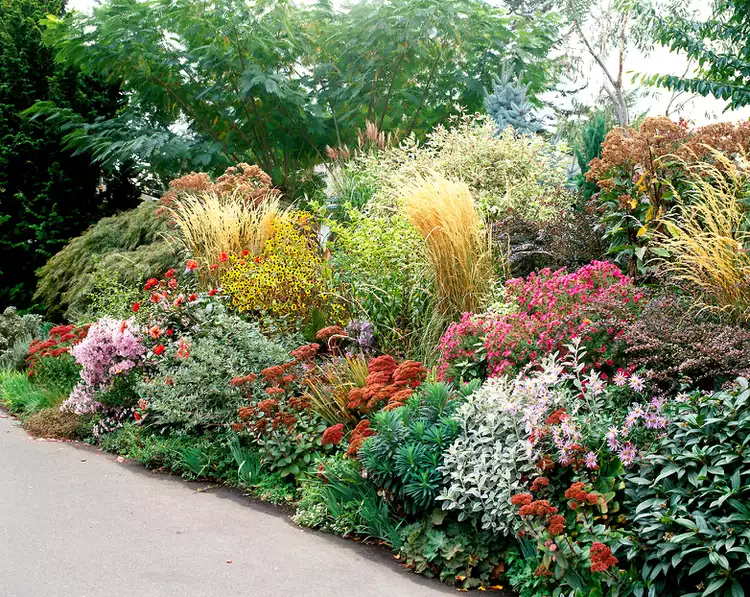
This Low-Water Garden Plan Will Look Vibrant Through Droughts
This low-water garden plan will keep your plants vibrant all throughout the hot, humid summer.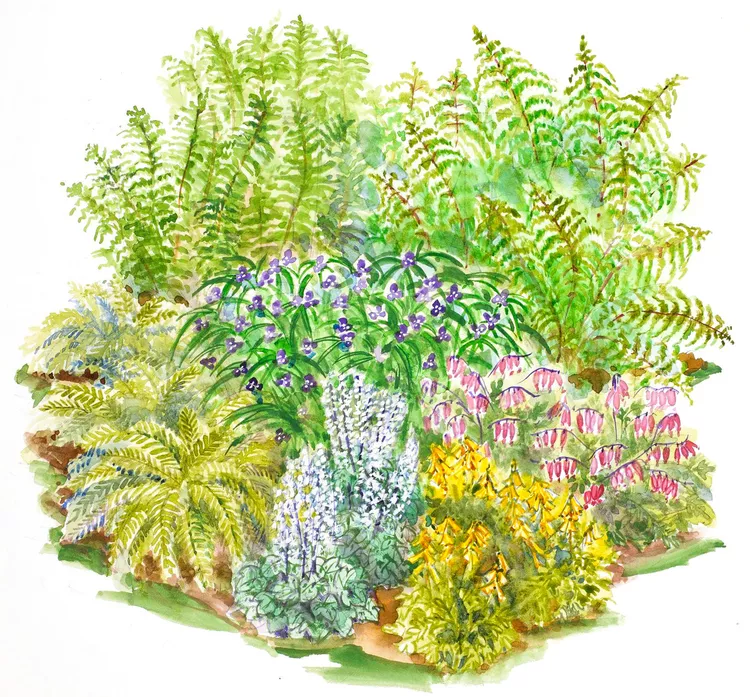
This Woodland Garden Design Overflows with Shade-Loving Plants
Easy-care native ferns add luxurious foliage from spring to fall. Other shade-loving perennials complement the soft textures with colorful blooms.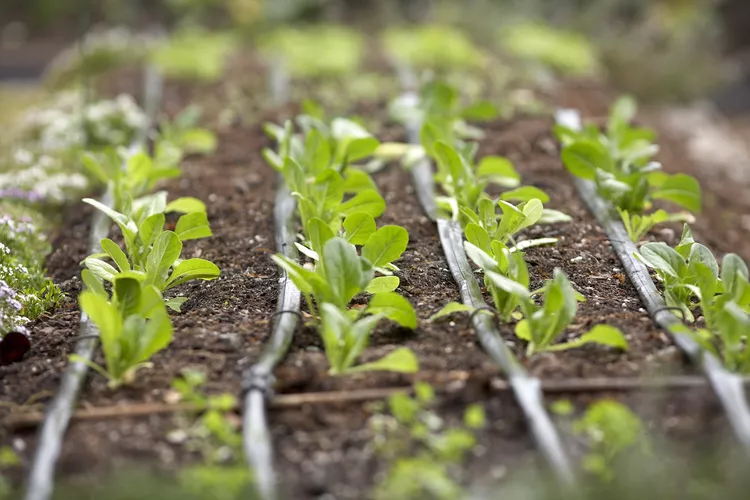
11 Essential Tips for Growing Vegetables from Seed for Beginners
These beginner-friendly tips on growing vegetables from seed will help you successfully kick off your edible garden in spring.
Should You Use Shredded Rubber Mulch in Your Garden?
Rubber mulch is widely touted as a game changer in landscaping, but does it live up to the hype? Find out the pros and cons of using rubber mulch.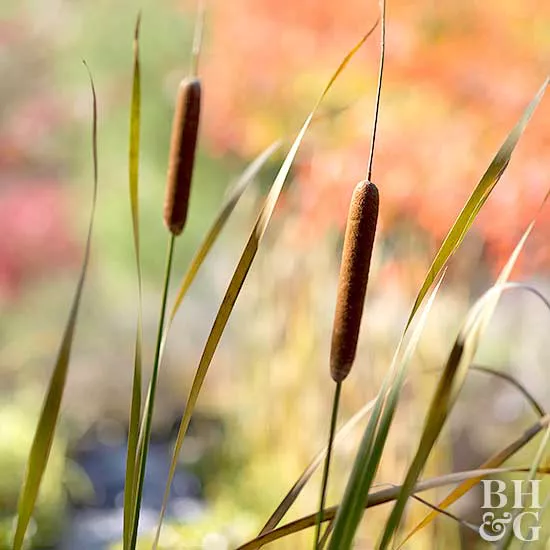
How to Plant and Grow Cattail
Learn to care for this easy-growing aquatic plant, including tips for pruning, propagating, and planting.